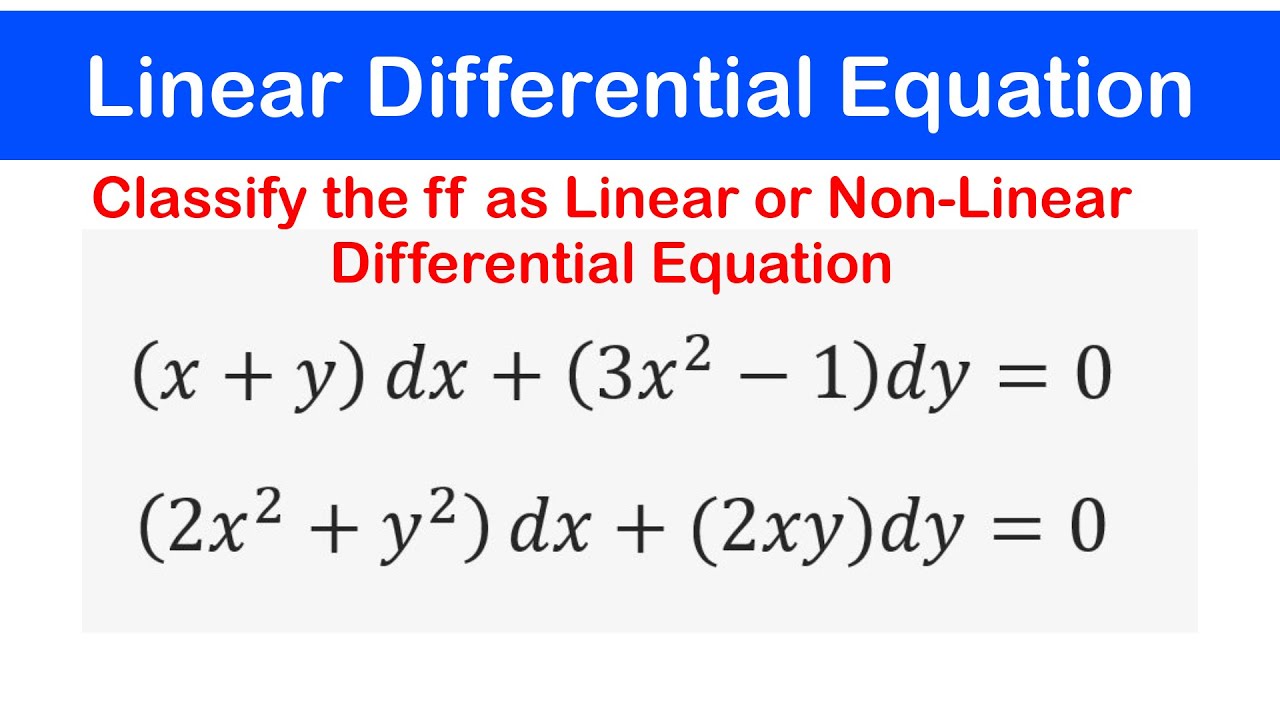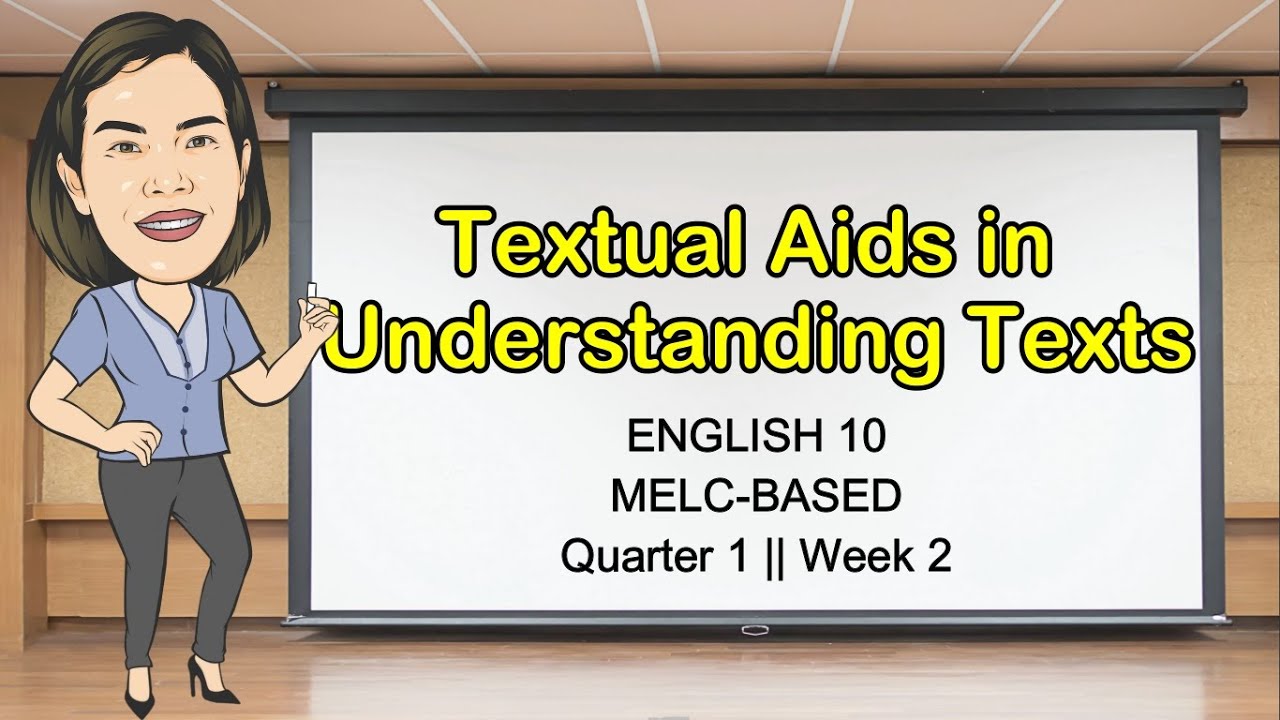Hypertext/hypertextuality in Reading| Context of Text Development| Reading and Writing-SHS
Summary
TLDRIn this lesson, Ronette introduces the concept of hypertext and explores the differences between linear and non-linear reading materials. She explains how hypertext, a non-sequential and interactive form of text, allows readers to navigate through various digital resources such as e-books, websites, and multimedia. The advantages of hypertext, such as personalized learning and enhanced critical thinking, are discussed, alongside its challenges, like reader disorientation and cognitive overload. Ronette also shares her personal preference for traditional reading materials, while encouraging learners to embrace the evolving digital reading landscape.
Takeaways
- 😀 Hypertext is a non-linear reading system that allows readers to follow links and navigate through multiple pathways of information.
- 😀 Linear texts are traditional reading materials that must be read in a specific order, from start to finish.
- 😀 Hypertext was coined by Ted Nelson in 1965 and is foundational to the World Wide Web, enabling easy navigation through linked content.
- 😀 The primary difference between linear and non-linear texts is the sequence; linear texts follow a fixed path, while non-linear texts allow user-controlled navigation.
- 😀 Hypermedia goes beyond text, including images, videos, sounds, and other media, providing a more interactive experience than simple hypertext.
- 😀 Hypertext supports individualized learning, allowing readers to explore different topics and paths based on their interests or abilities.
- 😀 Hypertext promotes reader control, allowing users to make choices in how they interact with content, which can increase engagement.
- 😀 Hypertext mimics how the human brain works by associating ideas and fostering critical thinking by presenting multiple perspectives.
- 😀 Advantages of hypertext include multiple inquiry paths, personalized learning, easy navigation, and asynchronous communication with experts.
- 😀 Despite its benefits, hypertext can lead to cognitive overload, disorientation, and eye strain, especially with prolonged screen reading.
- 😀 The shift from paper-based to digital reading materials requires readers and writers to adapt to the new, more dynamic and interactive form of learning.
Q & A
What is hypertext?
-Hypertext is a form of non-linear reading where text contains links, allowing the reader to navigate between different resources or pages. It allows for multiple pathways of reading and exploration.
What is the difference between linear and non-linear text?
-Linear text refers to traditional reading materials that must be read in a specific order from start to finish. Non-linear text, like hypertext, allows readers to choose their own path through linked content.
Who coined the term 'hypertext' and when?
-The term 'hypertext' was coined by Ted Nelson in 1965.
What are some examples of digital resources that utilize hypertext?
-Examples include digital modules, digital novels, eBooks, e-magazines, and online newsletters. These digital materials often use hypertext to link related content together.
What are the key advantages of hypertext?
-The key advantages include multiple paths of inquiry, individualized learning opportunities, reader control over the learning process, supporting the connection of ideas, and promoting critical thinking. Hypertext also offers ease of navigation and supports asynchronous communication.
How does hypertext support individualized learning?
-Hypertext allows learners to follow different pathways based on their abilities, interests, and needs, making learning more personalized and adaptable to various learning styles.
What is the potential downside of hypertext, according to critics?
-Critics argue that hypertext can lead to disorientation, as readers may lose track of their location in the text. Additionally, the overwhelming number of links may cause concentration difficulties and cognitive overload.
How does hypertext encourage critical thinking?
-Hypertext allows learners to explore multiple perspectives and gather information from various sources, which fosters critical thinking, analysis, and problem-solving as they navigate through the content.
Why is hypertext considered important in modern education?
-Hypertext is important because it makes learning more interactive, flexible, and personalized. It allows users to quickly access related information, deepening their understanding of topics through exploration.
How do physical books compare to digital reading materials in terms of user preference?
-While some people prefer physical books due to comfort and ease of reading, others, especially younger generations, prefer digital materials like eBooks due to the convenience and interactivity offered by hypertext and digital formats.
Outlines

This section is available to paid users only. Please upgrade to access this part.
Upgrade NowMindmap

This section is available to paid users only. Please upgrade to access this part.
Upgrade NowKeywords

This section is available to paid users only. Please upgrade to access this part.
Upgrade NowHighlights

This section is available to paid users only. Please upgrade to access this part.
Upgrade NowTranscripts

This section is available to paid users only. Please upgrade to access this part.
Upgrade NowBrowse More Related Video

ohms law class 12 | ohmic and non ohmic devices | limitations of ohms law | 12th class physics

Aljabar Linier Pertemuan 2_Sistem Persamaan Linier part 1/4

Stanford CS105: Introduction to Computers | 2021 | Lecture 7.1 Intro to HTML: Origins of the Web

🔵03 - Linear and Non-Linear Differential Equations: Solved Examples

TEXTUAL AIDS IN UNDERSTANDING TEXTS || Quarter 1 Week 2 || English 10 || MELC-BASED || Aizie Dumuk

10 Curve Fitting Part2 NUMERIK
5.0 / 5 (0 votes)